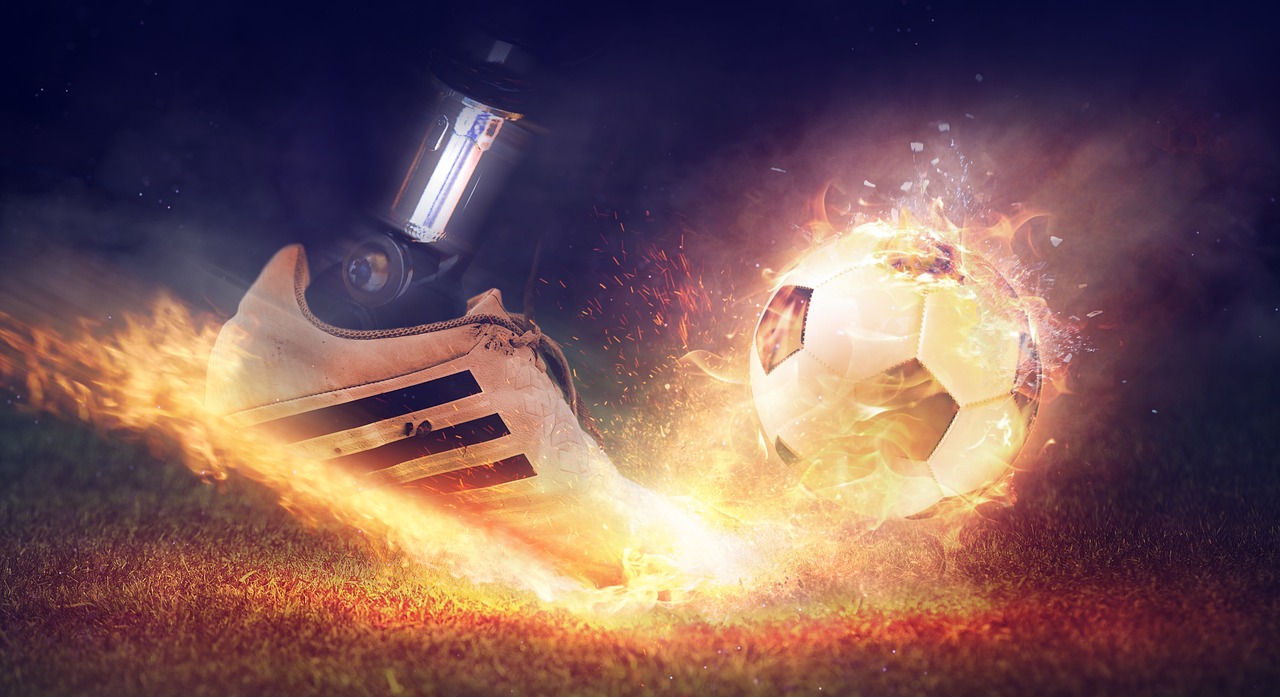Introduction
Football, known as the beautiful game, has seen its fair share of legendary rivalries, but perhaps none as intense and enduring as the one between Real Madrid and FC Barcelona. The Spanish giants have dominated the football landscape for decades, captivating fans worldwide with their exceptional skill, iconic players, and relentless pursuit of success. In this article, we aim to delve into the heart of this historic rivalry, employing the latest advancements in Artificial Intelligence (AI) to compare and contrast the two football powerhouses.
I. Historical Overview
To understand the dynamics of the rivalry, we must first trace its roots. Real Madrid and FC Barcelona, both founded in the early 20th century, have been at the forefront of Spanish and European football. Real Madrid, established in 1902, has a rich history marked by unparalleled success in domestic and international competitions. FC Barcelona, founded in 1899, boasts a distinctive identity and a commitment to the principles of ‘more than a club.’
AI Perspective: By employing Natural Language Processing (NLP), we can analyze historical data, match reports, and fan sentiments to gain insights into the evolution of the rivalry over the years. AI can help us identify key turning points, influential players, and the impact of managerial changes on each club’s trajectory.
II. Playing Style and Tactics
The footballing philosophy of a team often reflects the personality of its manager and the club’s traditions. Real Madrid has been historically associated with a pragmatic, counter-attacking style, emphasizing quick transitions from defense to attack. In contrast, FC Barcelona is renowned for its possession-based, tiki-taka style, emphasizing short passes, fluid movement, and positional play.
AI Perspective: Tactical analysis using computer vision can break down the playing style of each team. AI algorithms can analyze match footage to identify patterns, player movements, and strategic decisions. This allows us to objectively compare the tactical nuances of Real Madrid and FC Barcelona, shedding light on their strengths and weaknesses.
III. Key Players and Legends
The rivalry has been graced by footballing legends who etched their names in the history books. From Alfredo Di Stéfano and Ferenc Puskás to Lionel Messi and Cristiano Ronaldo, both clubs have been home to some of the greatest players the sport has ever seen.
AI Perspective: Sentiment analysis and social media data can help us gauge the impact of these players on the fan base. By analyzing online conversations and reactions, AI can provide insights into the emotional connection fans have with their club’s legends, helping us understand the enduring influence of players beyond the pitch.
IV. Financial Power and Global Influence
Both Real Madrid and FC Barcelona are financial behemoths, consistently ranking among the wealthiest football clubs globally. Their financial strength allows them to attract top talent, invest in state-of-the-art facilities, and maintain a global presence through extensive marketing and commercial ventures.
AI Perspective: Utilizing predictive modeling and data analytics, AI can forecast the financial trajectories of both clubs. By analyzing revenue streams, sponsorship deals, and market trends, AI can provide valuable insights into the clubs’ financial sustainability and potential areas for growth or improvement.
V. Fanbase and Social Impact
Football is not just a sport; it’s a cultural phenomenon that resonates deeply with fans. Real Madrid and FC Barcelona boast massive global fanbases, each with its unique traditions, chants, and rituals. The clubs also play a significant role in shaping societal values and influencing social issues.
AI Perspective: Social network analysis can help us map the global distribution of each club’s fanbase. By examining online interactions, fan forums, and social media trends, AI can offer a comprehensive understanding of the clubs’ impact on society and how they contribute to shaping football culture worldwide.
VI. Recent Performances and Future Prospects
Recent years have seen shifts in the balance of power between Real Madrid and FC Barcelona. While both clubs continue to compete at the highest level, changes in squad dynamics, managerial appointments, and strategic decisions have influenced their performances.
AI Perspective: Predictive modeling and machine learning algorithms can analyze current player statistics, team performance metrics, and injury data to predict future outcomes. AI can assist in forecasting the trajectory of each club, helping fans and analysts alike understand the potential challenges and opportunities that lie ahead.
Conclusion
In the realm of football, the rivalry between Real Madrid and FC Barcelona transcends mere competition; it embodies the essence of the sport. By leveraging the capabilities of Artificial Intelligence, we’ve embarked on a journey to dissect this historic rivalry, analyzing its historical underpinnings, tactical intricacies, player legacies, financial landscapes, social impact, and future trajectories.
As we navigate through the vast ocean of data and insights provided by AI, it becomes clear that while the rivalry between Real Madrid and FC Barcelona is deeply rooted in tradition, it is also dynamic and evolving. AI serves as a powerful tool to unravel the layers of complexity within this rivalry, offering a fresh perspective on the timeless battle between two footballing giants.
In conclusion, as technology continues to advance, the marriage between football and AI opens new frontiers for analysis, understanding, and appreciation of the sport. The rivalry between Real Madrid and FC Barcelona, a testament to the beauty and drama of football, remains a captivating saga that will continue to unfold with each passing season.
